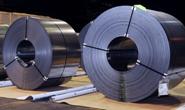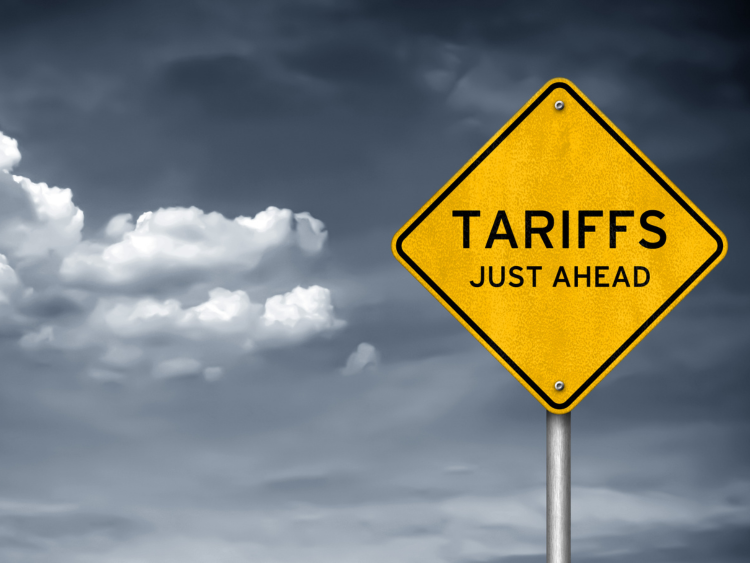Trade Cases

ITC Determines Probable Injury in Cold Rolled Steel Case
Written by Sandy Williams
September 11, 2015
As expected, the U.S. International Trade Commission (ITC) has made a preliminary determination that cold-rolled steel produced in seven foreign countries (Brazil, China, India, Japan, Russia, South Korea and UK) is causing or threatening to cause injury to the domestic steel industry. The Netherlands, which was also named in the antidumping suit, was dropped from the investigation by the ITC because the quantity of imports from the Netherlands was negligible (less than 3 percent of the total imports of cold-rolled steel in the period of investigation).
“We applaud the ITC’s preliminary ruling against dumped and subsidized imports of cold-rolled steel,” said James L. Wainscott, Chairman, President and CEO of AK Steel. “We expect all of our global steel competitors to play by the rules of fair trade, and this ruling is an important step in the fight to stop the injury to the domestic steel industry caused by unfairly-traded imports of cold-rolled steel.”
On July 28, 2015, five major U.S. steel producers – AK Steel Corporation, ArcelorMittal USA LLC, Nucor Corporation, Steel Dynamics, Inc., and United States Steel Corporation – filed petitions with the ITC and the Department of Commerce charging that unfairly traded imports of cold-rolled steel from Brazil, China, India, Japan, the Netherlands, Russia, South Korea and the United Kingdom were causing material injury to the domestic industry. Anti-dumping cases were filed against all eight countries and countervailing duty cases were filed against Brazil, China, India, Russia, and South Korea.
The Commerce Department will make preliminary CVD determinations in October 2015 and its preliminary AD determinations in January 2016, unless the statutory deadlines are extended.
If foreign producers attempt to increase shipments into the U.S. market before the Commerce Department’s preliminary determinations, anti-dumping and countervailing duties can be imposed retroactively beginning 90 days prior to the preliminary determinations.
Cold-rolled steel is hot-rolled steel that has been hardened through the cold-rolling process and that may or may not undergo further processing including annealing, hardening / tempering, and temper rolling. While a substantial portion of cold-rolled steel production is used “as is,” a majority in the United States is further processed by galvanizing or coating. Cold-rolled steel is primarily used in appliances, automotive products, containers, and construction.

Sandy Williams
Read more from Sandy WilliamsLatest in Trade Cases

Price on Trade: The foolishness of free trade with controlled economies
It was only a matter of time before a shutdown happened. And, no, we aren’t talking about the federal government’s lapse in appropriations. On Oct. 9, Beijing announced a series of restrictions that will effectively shut down exports of rare earth elements, magnets, and certain downstream products vital to advanced manufacturing.

Trump pulls plug on trade talks with Canada after anti-tariff Reagan ad
US President Donald Trump took to social media late Thursday night to announce he was canceling trade talks with Canada.

Leibowitz: Renewed trade war with China over rare earths
On Oct.10, President Trump announced major increases in tariffs on Chinese goods. The trigger was a new regime of export controls on rare earth metals and products using those elements, including magnets, capital equipment, and catalysts for catalytic converters in cars and trucks.

Industry piles on new Section 232 steel derivative inclusion requests
The Department of Commerce received 97 submissions from producers, manufacturers, and groups seeking Section 232 tariff coverage for steel and aluminum derivative products.

Price on Trade: New EU steel tariffs don’t mean the US should weaken its stance
Any steel imports into the EU that exceed the new, lower quota level would be subject to a 50% tariff, which represents a major increase from the EU’s current 25% out-of-quota tariff. This move would largely align the EU’s steel tariff rate with Canada and the United States.
